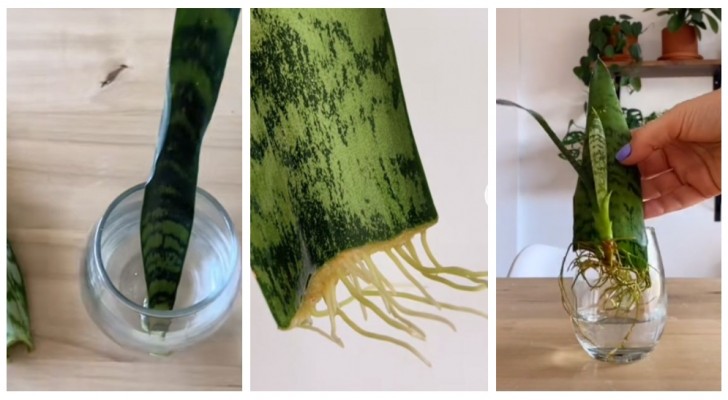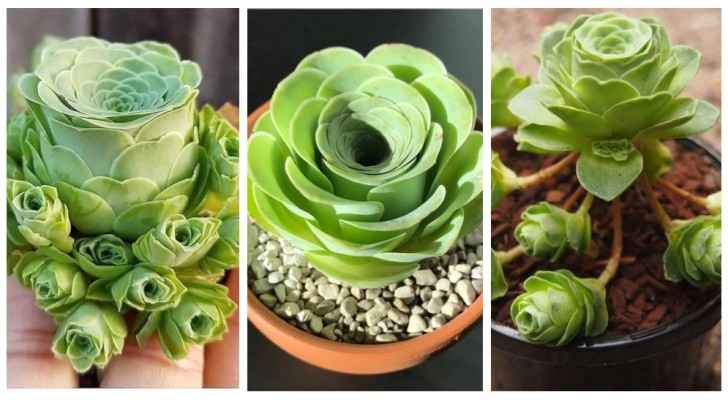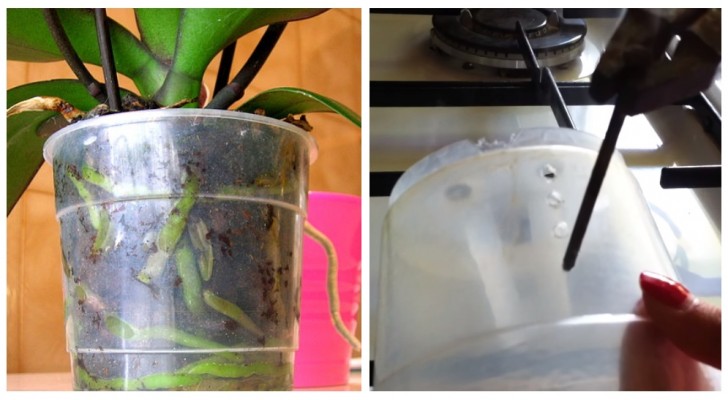5 plant cuttings and 6 steps to successfully propagate them
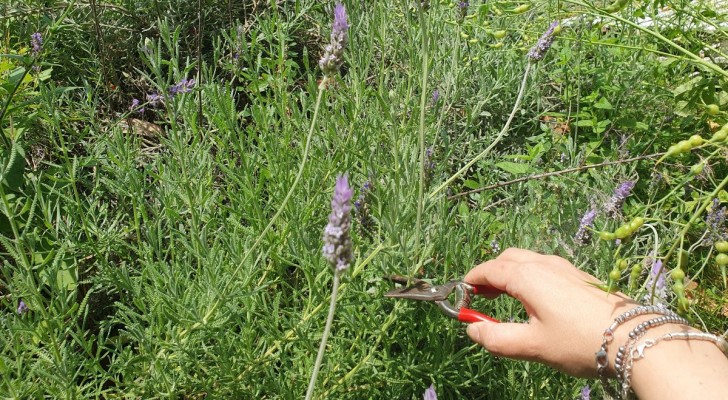
Gardening is a relaxing pastime and can be very rewarding, even for beginners. If you too are trying out gardening for the first time, you may be wondering what is the best way to start this activity.
Using summer-time cuttings can be the answer to this question: easy to prepare, these cuttings can quickly give life to new plants. This type of propagation consists in taking a cutting from a "mother" plant and inserting it in water or soil to ensure it produces roots.
There are many species that lend themselves to propagation from cuttings, and we describe 5 of them below:
5 easily-propagated cuttings

Below, is listed 5 of the easiest cutting types to propagate:
- lavender: fragrant and very colourful, lavender can be easily propagated from cuttings by taking a 10 cm stem, removing the lower leaves and planting it in a pot of sand and soil;
- ficus: a very popular houseplant, ficus propagates from cuttings very easily; you just need to cut a 10-15 cm sprig, remove the lower leaves and plant in soil;
- geranium: much appreciated in the summer to beautify our outdoor areas and keep insects away, this plant can easily be propagated by taking a 10-15 cm cutting, to be planted in the soil after removing the lower leaves;
- sage: resistant and easy to grow, sage will perfume your garden and even your meals. Propagate it by cutting a 10cm branch, removing the lower leaves and planting in well-draining potting soil;
- rose: we conclude with the queen of the garden, which can be propagated by taking a healthy and vigorous cutting from just below the node and planting it in well-draining soil.
6 steps to perfect cuttings
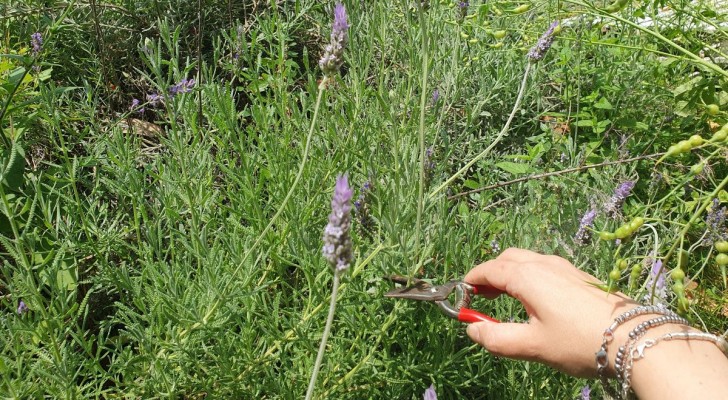
Creativo
Here are the 6 basic steps to get perfect cuttings:
- selecting the mother plant: choose a healthy and vigorous specimen, which has already entered the active growth phase;
- prepare the cutting: the sprig chosen for the cutting must also be healthy and vigorous and about 10-15 centimeters long; cut it with a sharp stroke just below the node, where most of the rooting will take place;
- plant the cutting: once cut, you will have to plant it in a pot or directly in the open ground, keeping it moist but being careful not to overdo it, so that the roots do not rot;
- care of the cutting: make sure that the soil always remains moist, that it receives enough light but is not exposed to direct sunlight; it could be helpful to cover the cuttings with a plastic sheet to create a humid environment, which encourages rooting;
- patience: this is the most difficult step, and requires a lot of patience because cuttings could take several weeks to root. Don't be discouraged if the results are slow to come;
- transplanting: the final step consists in transplanting the new plant to its final location. Carry out this operation when the root system is perfectly developed and while taking great care not to damage the new roots.
Are you ready to start this wonderful gardening journey?

